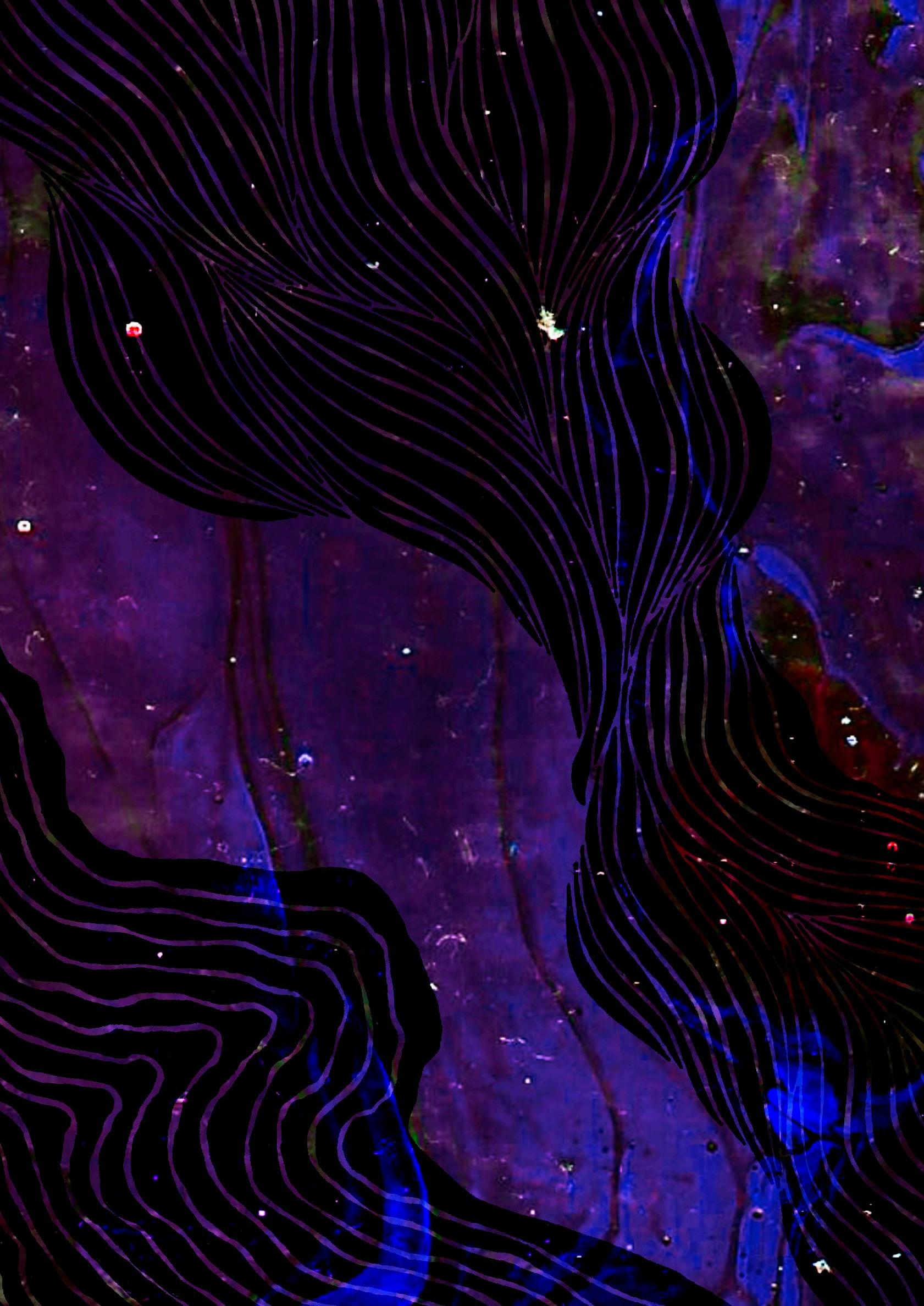
2 minute read
News
Keegan Schroeder covers the latest.
Ferret cloning
Advertisement
A highly endangered black-footed ferret named Elizabeth Ann has been born after being cloned from 33-year old DNA obtained from a genetically identical ferret that has been frozen since 1988. There are currently no plans to release the ferret into the wild; it will instead be studied at a facility in Colorado. The black-footed ferret is highly endangered and 120 of them were given Covid-19 vaccines due to the high susceptibility of closely related mink to respiratory infections such as Covid-19. Being able to clone animals from frozen specimens is a big deal, and might prove vital in assisting other endangered species. However, cloning diminishes the genetic diversity of a population, leaving them more exposed to genetic illnesses and less resilient to longer term environmental change.

Mars Rover landing
On the 18th February NASA’s Perseverance Rover made a historic landing on the surface of Mars. The landing site is in a location known as the Jezero Crater, a site that has been considered far too treacherous to attempt until now. During the Apollo moon landings, astronauts had to resort to looking out the window during the final descent to land safely. While clearly not an option on an unmanned mission, progress has been made (no surprises there!). A new technology called Terrain Relative Navigation was deployed to ensure a smooth landing for the rover on the Jezero Crater’s craggy and rugged surface. Onboard sensor data is matched to a known map of the landing area allowing for accurate targeting of specific landing points using advanced computing. At the time of writing, the rover has been on the surface of Mars for over 9 Sols (which is the Mars version of a day). A sol is slightly longer than an Earth day. Check out NASA’s website to get more information at https://mars.nasa.gov/mars2020/

Evolutionary Altruism in Bacteria

A 2020 study on E.coli has revealed a population survival adaptation that’s akin to altruism. A subpopulation in a larger population of E.coli bacteria was found to be more susceptible to very low doses of antibiotic. When the bacterial population moves into an area of antibiotics, members of the subpopulation are the first to die. These bacteria were found to be releasing a necrosignal protein called AcrA. AcrA released from the dead bacteria binds to the surface of the remaining living bacteria and enhances their ability to pump out the antibiotic, giving them a higher level of resistance. In a sense, this bacterial subpopulation sacrifices itself for the good of the whole. Altruism is particularly common in species with complex social behaviour, but discoveries such as this may suggest that it is more deeply rooted in evolution. With growing levels of highly resistant bacterial strains in hospitals, exploiting these necrosignals might provide a new tool to tackle the problem as ideas are forced to become increasingly creative.Unlike creating the proteins used for a traditional vaccine, creating mRNA is extremely quick and cheap – perfect for rolling out a large number of vaccines in a short space of time.

Background artwork: Kiah Fisher
Images, clockwise from Left: Rohan Chang, Unsplash Adrian Lange, Unsplash NASA, UNSPLASH










